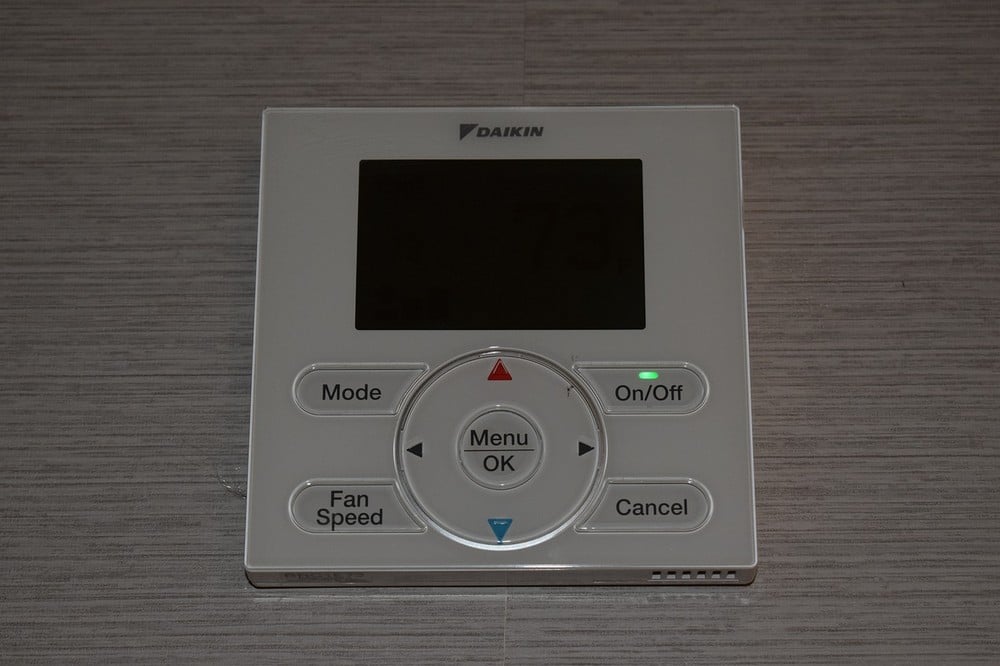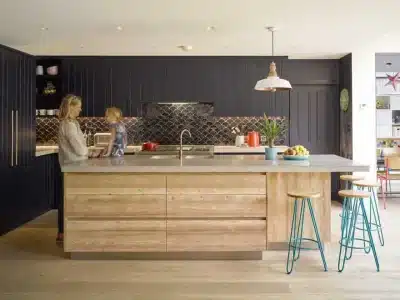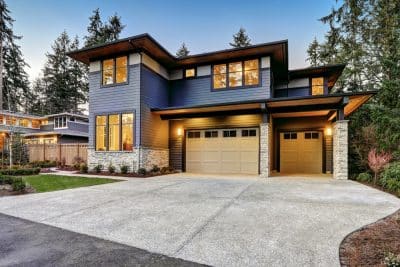Upgrading your HVAC (Heating, Ventilation, and Air Conditioning) system can improve comfort, reduce energy costs, and enhance indoor air quality. However, deciding on an upgrade requires more than picking out a new unit; it involves assessing your home’s needs, understanding the types of systems available, and considering the installation process. In this guide, we’ll walk you through each step to help make upgrading your HVAC system a smooth and successful experience.

1. Understanding When It’s Time for an Upgrade
Knowing when to upgrade your HVAC system is crucial. Most systems last between 10 and 15 years, depending on their usage and maintenance. Signs that it’s time to consider an upgrade include rising energy bills, inconsistent temperatures, frequent repairs, and unusual noises. Older units typically lose efficiency over time, and advancements in HVAC technology mean that newer models can save significantly on energy costs. If your system is struggling to keep your home comfortable or costs more to run than it used to, an upgrade may be the right decision.
2. Evaluating Your Home’s Heating and Cooling Needs
Before purchasing a new HVAC system, it’s essential to evaluate your home’s unique heating and cooling needs. Factors like the size and layout of your home, insulation levels, and the local climate all play a role in determining the ideal system size and type. Getting a professional energy audit or load calculation can provide precise data on your home’s requirements, helping you select a system that’s both efficient and capable of maintaining consistent comfort levels. This step is key, as an improperly sized system can lead to energy wastage and uneven temperatures.
3. Hiring a Qualified HVAC Contractor
Installation quality is just as important as the system you choose. Hiring a licensed, experienced contractor for residential heating and air conditioning ensures that the system is installed correctly, maximizing its efficiency and longevity. Look for contractors who have good reviews, proper certifications, and are willing to provide a written estimate. A reliable contractor should also assess your home’s needs and help you choose the most suitable system. Working with a qualified professional not only ensures a smooth installation process but also gives you peace of mind that your investment is in capable hands.
4. Exploring Your HVAC Options
The market offers several types of HVAC systems, each with its pros and cons. Traditional split systems, which have separate indoor and outdoor units, are the most common and work well in many homes. Alternatively, heat pumps, which both heat and cool, are increasingly popular for their energy efficiency and versatility. If you live in a mild climate, a heat pump might be a better choice than a traditional system. Ductless mini-split systems offer a flexible option, especially for homes without existing ductwork or those with additional rooms. Researching these options helps you understand which system aligns with your needs and budget.
5. Considering Energy Efficiency Ratings
Energy efficiency is a major consideration for modern HVAC upgrades. Look for systems with high SEER (Seasonal Energy Efficiency Ratio) ratings for cooling and AFUE (Annual Fuel Utilization Efficiency) ratings for heating, as these ratings indicate the system’s energy performance. Higher-rated systems might have a higher upfront cost but can result in long-term savings on energy bills. Additionally, many energy-efficient HVAC systems qualify for tax credits and rebates, making them more affordable. Choosing an efficient system reduces your carbon footprint and lowers energy costs, benefitting both the environment and your wallet.
6. Planning Your Budget
Setting a realistic budget for your HVAC upgrade is essential. While higher-efficiency systems come with a steeper initial price, they often lead to lower monthly energy bills and reduced repair costs. Beyond the cost of the system itself, factor in installation fees, potential ductwork adjustments, and any necessary permits. It’s also worth considering warranty options and maintenance plans, as these can protect your investment over the long term. Many homeowners find financing options or government incentives that can help offset initial expenses, making a more efficient system affordable and achievable.
7. Maintaining Your New System for Longevity
Once your new HVAC system is in place, regular maintenance is key to keeping it running efficiently. Simple tasks like changing air filters every one to three months, scheduling annual inspections, and keeping the outdoor unit clear of debris can make a significant difference. Routine maintenance helps identify potential issues early, preventing costly repairs down the line. Many HVAC contractors offer maintenance packages or service plans, which can be an affordable way to ensure your system is serviced regularly. A well-maintained system lasts longer, performs better, and helps you get the most value from your investment.

Upgrading your HVAC system is an investment in your home’s comfort, efficiency, and value. With careful planning and the right guidance, you can select a system that suits your home’s needs and enhances your living environment. From evaluating your existing system to choosing a new unit and ensuring proper installation, each step is vital to maximizing the benefits of your HVAC upgrade. By following this guide, you’ll be on the path to a more comfortable, energy-efficient, and cost-effective home climate control system that serves you well for years to come.








